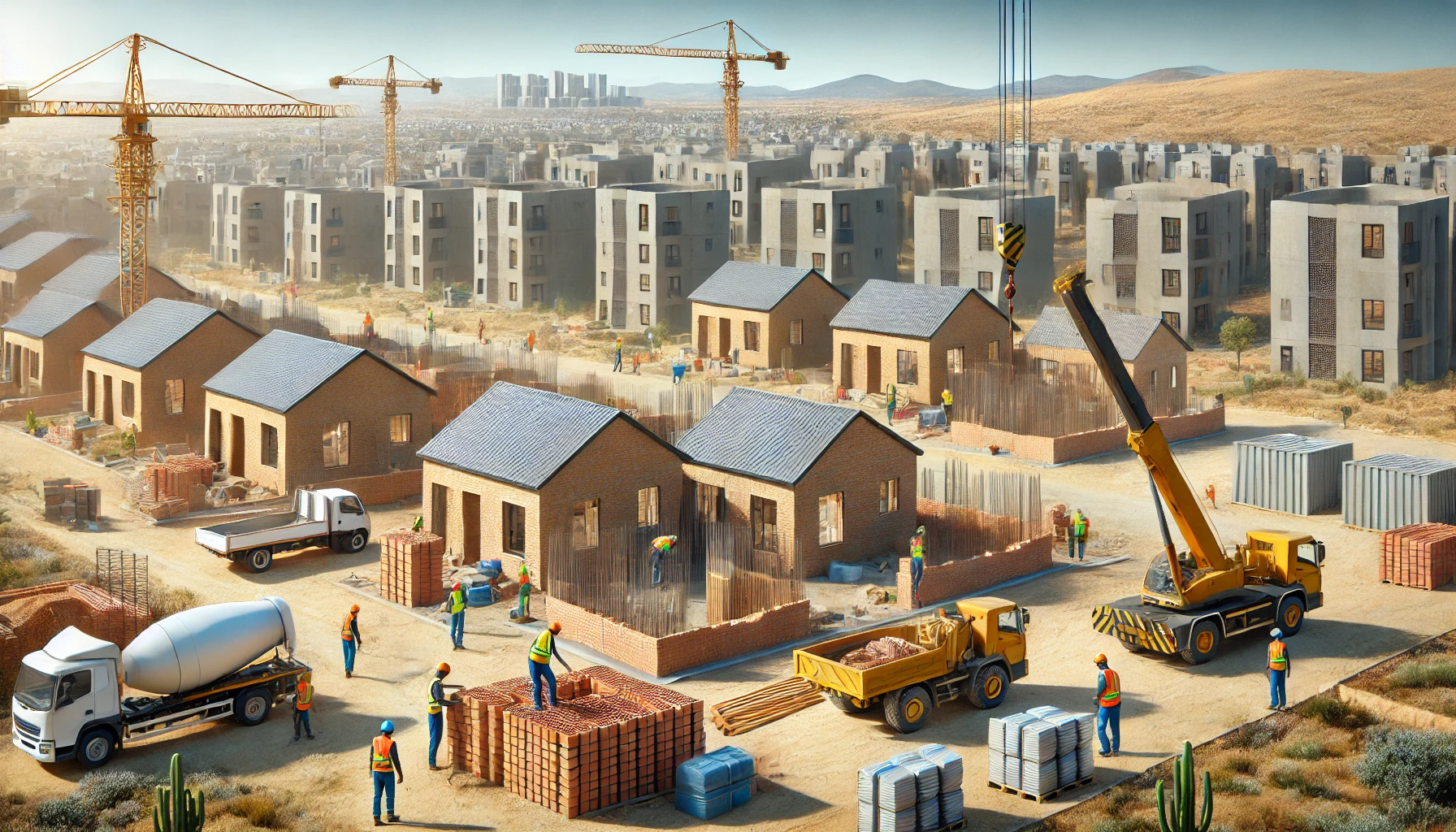Ngāti Maniapoto to Build 40 Affordable Rentals in Te Kūiti With Govt Support
The initiative is part of a broader $200 million Government commitment to accelerate Māori housing projects and deliver 400 affordable rentals across the country by June 2027.

- Country:
- New Zealand
In a landmark initiative to address rural housing shortages and honour Treaty settlement commitments, the New Zealand Government has announced a $17 million investment to support Ngāti Maniapoto’s efforts to build 40 affordable rental homes in Te Kūiti. The Iwi-led development, called Te Kirikiri, will feature a mix of housing types designed to meet the needs of kaumātua and young whānau, with construction set to begin next month.
The funding was announced by Associate Housing Minister Tama Potaka, who emphasized the partnership's importance in advancing both housing outcomes and regional development goals. The initiative is part of a broader $200 million Government commitment to accelerate Māori housing projects and deliver 400 affordable rentals across the country by June 2027.
Meeting Urgent Housing Needs in Te Kūiti
Te Kūiti, located in the Waikato region, is currently facing high housing stress, with over one-third of its population renting and a shortage of available, affordable properties. This shortage not only affects the well-being of families but also hampers the ability of local businesses to attract and retain staff, further limiting economic development.
“This is an area of high housing need,” said Minister Potaka. “This mahi can mean a world of difference for whānau in small rural communities that need stable employment and incomes.”
By partnering with Ngāti Maniapoto, the Government aims to address this housing deficit through a solution that is community-led, culturally grounded, and locally invested.
A Co-Funded, Iwi-Led Housing Solution
The Ngāti Maniapoto Māori Trust Board will play a central role in delivering the project, bringing to the table not only land but also $11 million in funding—representing 50 percent of the total housing supply costs. This shared investment model reflects the iwi’s long-term vision of housing self-determination and sustainable development.
“These affordable rentals will support Ngāti Maniapoto’s ambition to place 200 whānau in safe, secure, high-quality and affordable homes by 2030,” Potaka added.
The Te Kirikiri development will be constructed on iwi-owned land and include:
-
20 two-bedroom accessible homes for kaumātua
-
13 three-bedroom homes for families
-
7 four-bedroom homes for larger households
Construction is expected to take approximately two years, with the first homes available by 2027.
Tikanga Māori and Kaupapa Design at the Core
Te Kirikiri is more than a housing project—it is a cultural and environmental statement. The development will incorporate tikanga Māori and kaupapa Māori-led design principles, creating a village-like atmosphere that supports intergenerational living, connection to whenua (land), and cultural identity.
The design includes:
-
Communal green spaces with native trees, shrubs, and grasses
-
Wetland areas to support biodiversity and sustainable water management
-
Safe, inclusive spaces that foster a sense of belonging for whānau
This approach aligns with the growing national focus on regenerative development and the Māori worldview of papakāinga, where housing is not just shelter but a platform for community resilience, well-being, and cultural continuity.
A Model for Future Māori-Led Development
The Te Kirikiri initiative reflects the Government’s continued commitment to honouring Treaty of Waitangi obligations and supporting iwi self-determination. It also exemplifies the effectiveness of public-Iwi partnerships in delivering high-impact, locally relevant housing outcomes.
This development is expected to:
-
Provide secure, long-term rentals for 40 whānau
-
Help alleviate housing stress in Te Kūiti
-
Stimulate local employment in construction and infrastructure
-
Set a national precedent for culturally informed, community-led housing models
The Te Kūiti project is part of a broader wave of Māori housing developments made possible by targeted government investment. Other projects across the country are underway or in planning stages, aimed at delivering scalable and replicable models for Māori housing resilience.
Looking Ahead: Whānau at the Centre
As the foundation is laid for Te Kirikiri, Ngāti Maniapoto is taking a lead role in redefining what housing looks like for its people—not just in bricks and mortar, but in cultural expression, intergenerational support, and economic inclusion.
By combining Crown support with iwi investment and leadership, the project represents a significant step forward in Māori housing sovereignty, rural revitalization, and inclusive nation-building.










